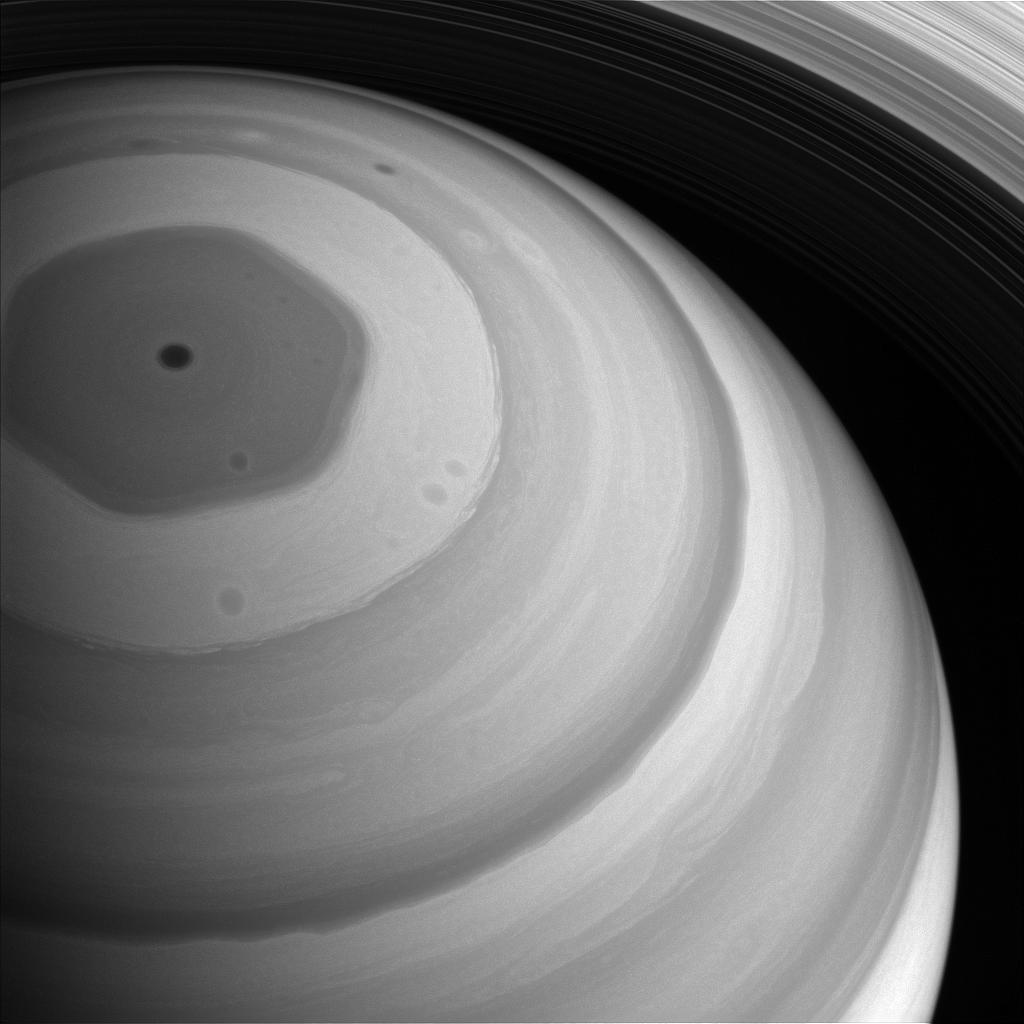5 Incredible Planet Saturn Facts
Let’s explore 5 incredible planet Saturn facts! Saturn, the sixth planet from the Sun, is renowned for its stunning rings and has long been a subject of human fascination and wonder. While its aesthetic beauty is celebrated, Saturn harbors deeper secrets and phenomena that are less known and more unsettling. This essay explores five incredible, lesser-known, and slightly creepy facts about Saturn that reveal the complex and eerie nature of this gaseous giant.
Our solar system is made up of 8 planets, including: Mercury, Venus, Earth, Mars, Jupiter, Saturn, Uranus, and Neptune. There are five officially recognized dwarf planets in our solar system: Ceres, Pluto, Haumea, Makemake, and Eris.
1. The Sound of Saturn: Eerie Radio Emissions
Saturn emits an array of radio waves that, when converted to audio frequencies, can be heard as eerie sounds by human ears. These emissions are primarily generated by interactions between the solar wind and Saturn’s magnetic field. The Cassini spacecraft recorded these spooky sounds, which have an otherworldly quality to them. Imagine the cold, dark void of space filled with haunting noises that resonate from a giant planet—these sounds underscore the mysterious and somewhat ghostly nature of Saturn and its environment.
2. Saturn’s Hexagon: A Perplexing Atmospheric Phenomenon
One of Saturn’s most bizarre features is a massive, six-sided jet stream known as the Saturn Hexagon. This hexagon is located at Saturn’s north pole and is wider than the diameter of Earth. Inside this jet stream, winds blow at high speeds of about 200 miles per hour, and the weather system has persisted for decades, if not centuries. The shape itself—such a regular geometric form occurring naturally—adds a level of creepiness, as it is a stark reminder of the strange and unexplained phenomena that can occur on other planets.

3. The Phantom Moons: Propellers in the Rings
Saturn’s rings are not just beautiful; they are also home to strange, hidden moons known as “propeller moons.” These tiny moons are not directly observable, but their presence is inferred from the propeller-like disturbances they create in the ring material around them. The thought of unseen celestial bodies subtly shaping their environment from within the shadows casts a spooky light on the dynamics of Saturn’s famous rings, hinting at hidden forces at play in the delicate structure of these celestial features.

4. The Cryovolcanoes of Enceladus: Feeding Saturn’s E Ring
Enceladus, one of Saturn’s icy moons, hosts cryovolcanoes that eject plumes of water vapor and ice particles into space. Some of this material escapes the moon’s gravitational pull and contributes to Saturn’s E Ring. The idea of ice volcanoes spewing material into space is both fascinating and eerie, especially considering that these plumes from Enceladus could contain organic compounds or even signs of microbial life. The interaction between a moon and its planet in such a dynamic and visually dramatic way adds an element of the unknown to Saturn’s already mysterious nature.

5. The Deep Winds: A World of Darkness
Beneath Saturn’s clouds, the planet harbors an environment of extreme pressures and darkness, with winds reaching speeds of up to 1,000 miles per hour. These conditions create a world that is not only inhospitable but also eerie in its sheer alienness and isolation. The thought of such powerful winds in perpetual darkness evokes a sense of a vast, unknowable void, hiding secrets beneath the planet’s colorful cloud tops that we are only beginning to understand.
Planet Saturn Facts: Summary
Saturn, often viewed as a jewel of our solar system due to its rings, is a planet of profound mysteries and eerie phenomena. From the haunting sounds it emits to its perplexing hexagonal storm, invisible moons, ice-spewing satellites, and fierce internal winds, Saturn presents a fascinating case study of the unexpected and often unexplained aspects of planetary science. These features not only challenge our understanding but also enrich our curiosity about the natural universe.
As we continue to explore and study Saturn, we are reminded of the wonders and eerie beauties that lie in wait, offering us glimpses into the complexities of planetary atmospheres and the dynamic processes shaping them. Each discovery brings us closer to unraveling the mysteries of Saturn, a planet that captivates as much as it intrigues.

